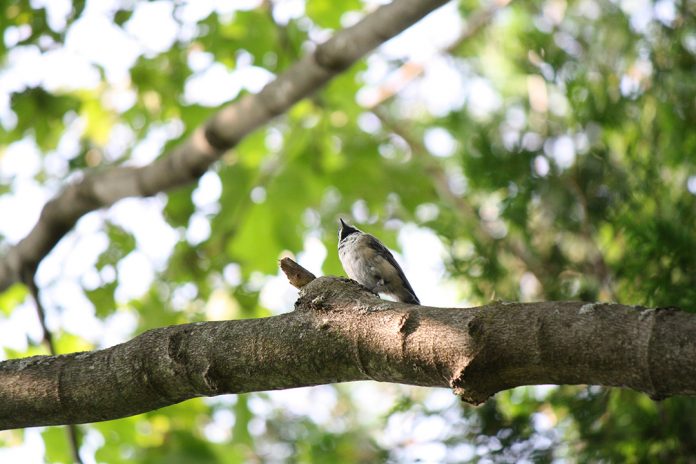Birdwatching saw a surge in popularity during the COVID-19 pandemic, with participation increasing not only in Canada but around the world.
According to a Harvard University study, usage of eBird, a global bird-tracking platform, more than doubled in 26 countries in 2020. The study found increases of 174 per cent in Angola, 356 per cent in Nicaragua, 243 per cent in Vanuatu and 348 per cent in Ukraine.
Mark Peck, former collections specialist in ornithology at the Royal Ontario Museum and current vice-president of the Ontario Field Ornithologists, said the pandemic played a role in birding’s rising popularity.
“Birding is a sort of hobby that you can do by yourself, safe distance from everyone and it was an opportunity for people just to get out of the house or the apartment and be able to enjoy nature a little bit,” Peck said.
A shift in birdwatching demographics
Kristen Osborne, president of the Durham Region Field Naturalists, said she has noticed an increase in younger birdwatchers over the past few years.
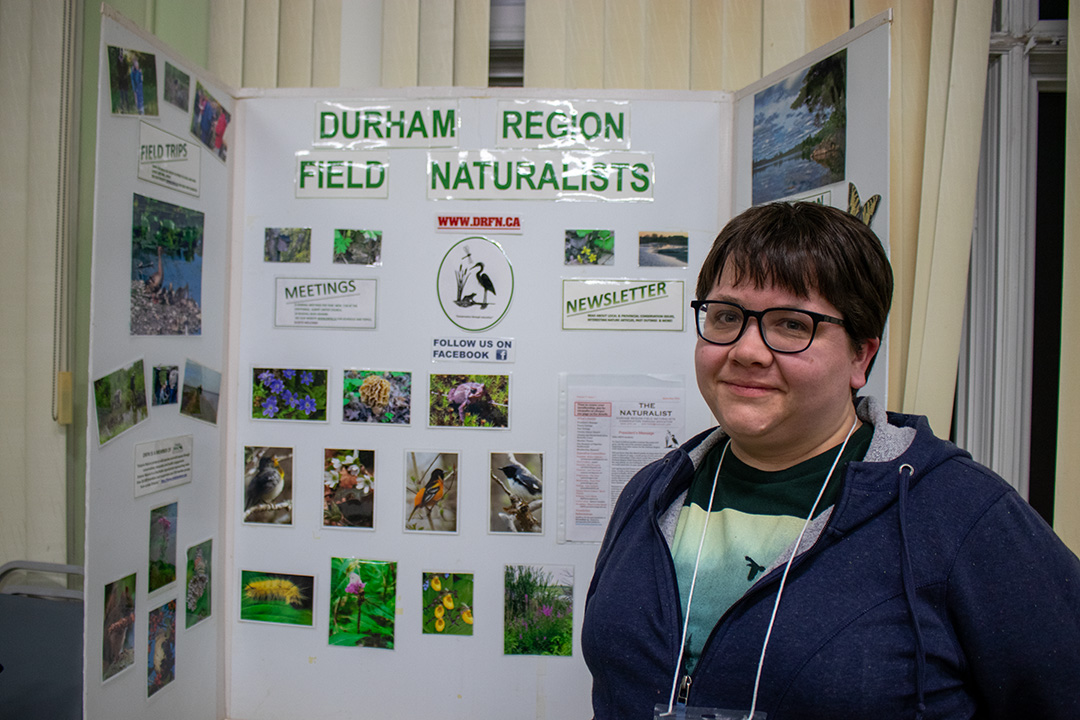
“When I started birdwatching, it definitely was an old person sport,” Osborne said. “But in the last two years, I’ve definitely seen more younger people.”
Geoff Carpentier, a nature guide with Viking Cruises specializing in ornithology and also the regional coordinator of Durham at the Ontario Breeding Bird Atlas, agrees that there has been an increase in birdwatching but notes that the hobby has been popular since the 1970s.
“I think what happened, not so much with the serious birdwatchers, but with the interested public, was COVID gave people free time and it gave them some solitude. So people were looking for something to do that they could do near their home and stay out of crowds,” Carpentier said.
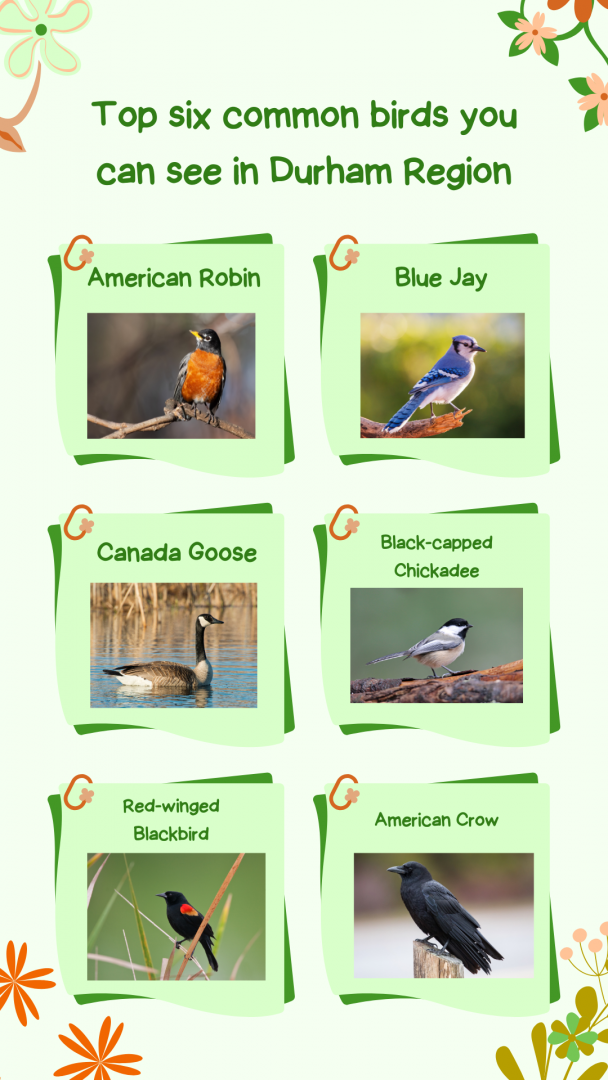
The role of technology in modern birding
The pandemic’s impact on birdwatching was amplified by technological advances. Apps like eBird have revolutionized how enthusiasts track and share their observations, allowing users to log sightings, monitor species and contribute valuable data for research.
“Birders love keeping track of their lists,” Peck said, adding that eBird also provides alerts on rare bird sightings. “You could go on to eBird and maybe find out where they are or who’s reported one recently.”
The digital transformation of birdwatching extends beyond specialized apps. Social media platforms, particularly Discord, have created vibrant communities where birders can share sightings in real-time. The Merlin app has further simplified the hobby by using artificial intelligence to help users identify birds and their songs.
Challenges of the digital age
However, this technological revolution comes with its challenges. Osborne noted that social media’s reach can inadvertently harm sensitive habitats when rare bird locations are shared widely.
Andrea Gress, communications coordinator at Birds Canada, explained that apps are adapting to address these concerns. “They’ve now moderated how much detail people can see for some species,” she said.
While these protective measures help safeguard birds from crowd-related stress, the technology itself has limitations. For instance, Carpentier pointed out an issue with the Merlin app’s identification system.
“One bird in Ontario, that Merlin doesn’t seem to understand, is this little bird called the tufted titmouse,” he said. “It’s constantly telling people in areas of the province where it doesn’t occur that there’s a tufted titmouse calling, so it’s clearly mixing that call up with something else.”
The mental health benefits of birdwatching
Despite these challenges, Gress emphasized that birdwatching offers significant benefits for participants.
“If you just listen to bird songs, it reduces your stress level,” she said. “It can be very social. You can go out with birding clubs and meet new people and kind of learn from other people.”
“You don’t get major excitement every day, that’s for sure but the more you investigate the more you understand that there is nothing simple about it,” added Don Docherty, a local birdwatcher for over two decades.

Birdwatching as a citizen science tool
Beyond personal benefits, birdwatching has evolved into a powerful tool for scientific research. “When people are submitting their bird sightings to these apps, it feeds into large databases that help us track and monitor how bird populations are doing,” said Gress. “Something that’s just an addicting, fun hobby is also helping monitor birds.”
Ethical birding practices and conservation concerns
This citizen science approach, however, requires responsible practices. Both Peck and Gress emphasize the importance of mindful observation, warning that large crowds pursuing rare species can stress the birds. Peck particularly cautions against the pursuit of perfect photographs, especially with sensitive species like owls.
Threats to bird populations and conservation challenges
The significance of these ethical practices becomes clear when considering the current state of bird conservation. Habitat loss remains the primary threat, with Gress sharing alarming statistics.
Since 1950, grassland birds have decreased by 67 per cent and aerial insectivores have declined by 43 per cent. Yet, there’s hope – conservation efforts have successfully increased populations of some species, including waterfowl and birds of prey.
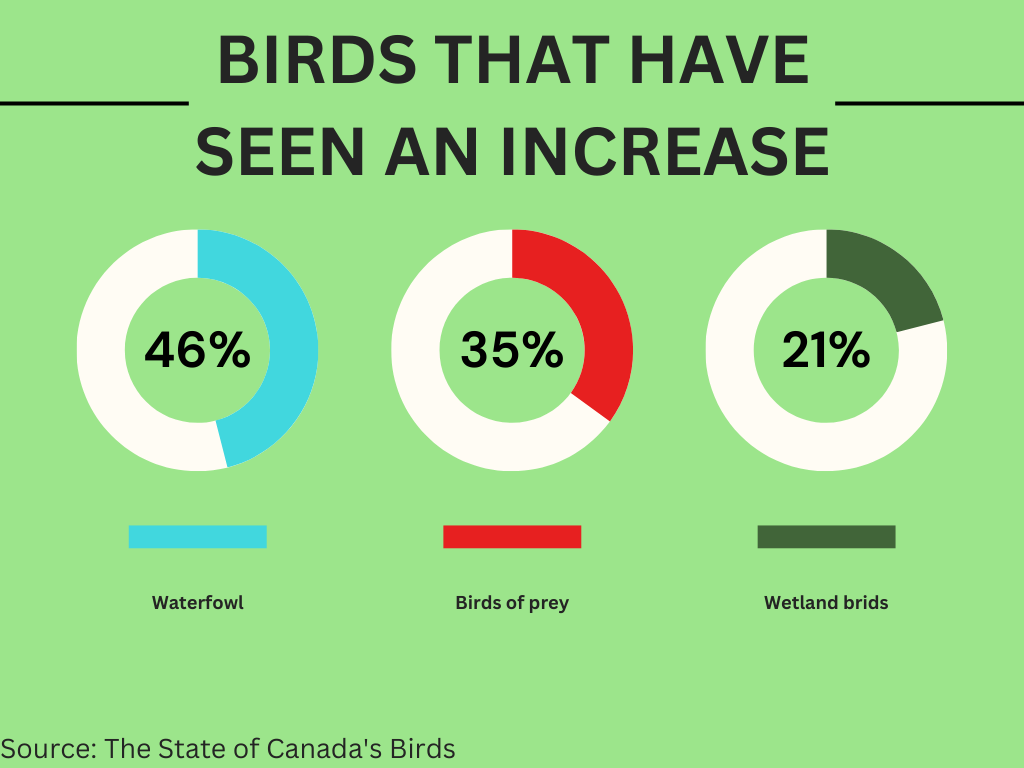
Carpentier highlighted several agricultural practices that threaten bird populations, including the removal of hedgerows and haying. According to Otto Peter, former president of Durham Field Naturalists and current program coordinator, pesticide use in farming has significantly reduced insect populations, particularly affecting insectivorous birds like flycatchers. Carpentier also acknowledged these issues.
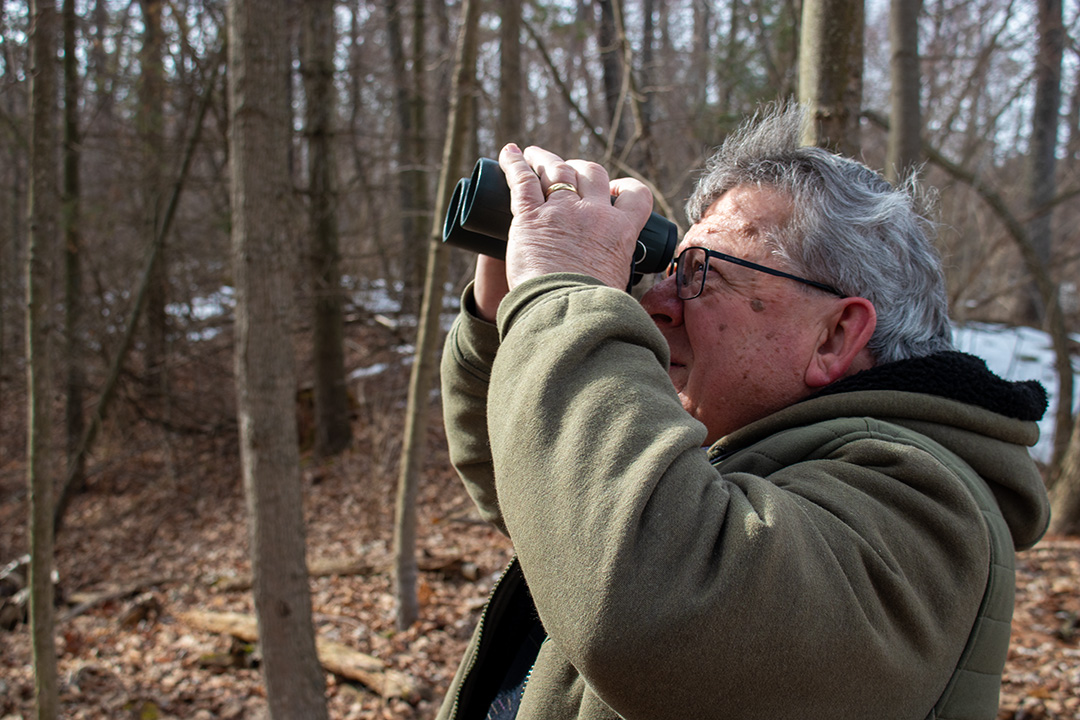
The decline in insect populations is particularly noticeable during nighttime driving, both Peter and Carpentier explained. “The Europeans in Germany noticed that many years ago, they did a study and found that insect life […] is down 95 per cent,” Peter said.
Beyond agricultural impacts, window collisions pose another significant threat. In Canada, an estimated 16 to 42 million birds are killed annually due to collisions with windows. Domestic cats present an even greater danger, with estimates suggesting that cats kill between 100 million and 350 million birds annually in Canada.
The role of citizen science programs in conservation
Despite these challenges, birdwatching remains a vital gateway to conservation awareness. Osborne highlighted how programs like the Piping Plover initiative at Darlington Provincial Park have helped people connect with endangered species.
“So they get to go to Darlington, see an endangered species and they have, like, a volunteer program,” she said. These hands-on experiences foster a deeper appreciation for wildlife and inspire advocacy efforts.
Additionally, conservation programs such as the Forest Bird Monitoring Program (FBMP), Project FeederWatch, the Christmas Bird Count and Swift Watch continue to rely on data collected by birders.
“The Breeding Bird Atlas is one of the most important conservation projects, especially for birds,” Peck stated. Conducted every 20 years, the atlas provides snapshots of bird populations over decades, helping scientists and conservationists track species trends and habitat changes.
Osborne encouraged people to take action in their own communities by making windows bird-safe, advocating for bird-friendly building designs and protecting local green spaces.




